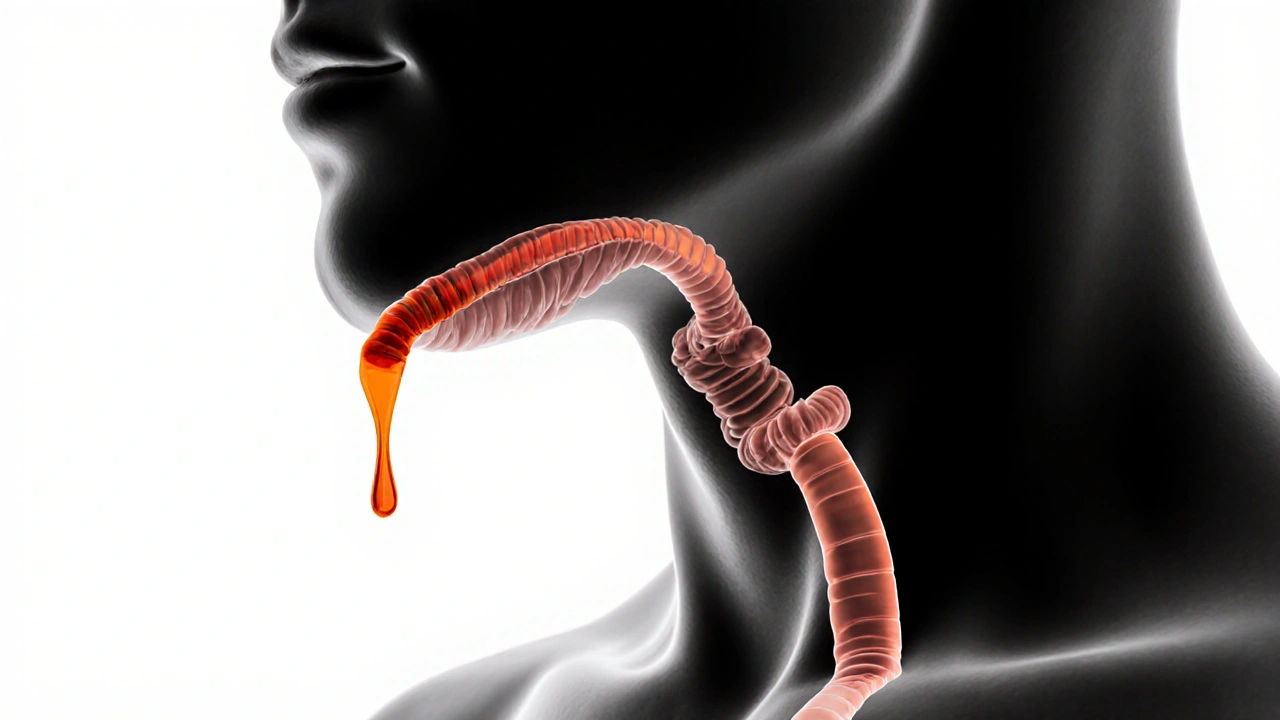GERD: Understanding Acid Reflux, Triggers, and Effective Treatments
When you feel that burning feeling rising from your stomach into your chest, you’re not just having a bad meal—you might be dealing with GERD, a chronic condition where stomach acid flows back into the esophagus, causing irritation and long-term damage. Also known as gastroesophageal reflux disease, it’s not occasional heartburn. It’s persistent, it gets worse over time, and it affects millions who don’t realize they need more than antacids.
GERD doesn’t happen in a vacuum. It’s tied to acid reflux, the physical backflow of stomach contents that triggers the burning sensation, which often gets worse after eating large meals, lying down, or consuming certain foods. Common triggers include spicy dishes, caffeine, alcohol, chocolate, and even tight clothing. Over time, untreated GERD can lead to esophagitis, strictures, or even Barrett’s esophagus—a condition that raises cancer risk. That’s why recognizing the pattern matters more than just popping a pill.
Most people turn to proton pump inhibitors, medications like omeprazole or pantoprazole that reduce acid production at the source because they work fast and well. But they’re not the whole story. Many find relief through simple lifestyle changes, elevating the head of your bed, avoiding late-night snacks, losing excess weight, or quitting smoking. These aren’t just suggestions—they’re proven ways to reduce dependence on drugs and stop the cycle of irritation.
The posts below aren’t just about symptoms or drug names. They’re about real choices: when PPIs help, when they don’t, what alternatives exist, and how daily habits can make a bigger difference than you think. You’ll find clear comparisons, patient experiences, and practical steps—not fluff, not theory, just what works.
Acid Reflux and Sore Throat: Causes, Symptoms, and Relief Strategies
Discover why acid reflux can cause a sore throat, how to tell the difference, and practical home and medical solutions to relieve the irritation.
